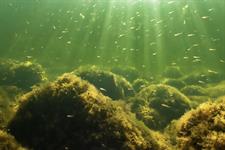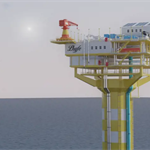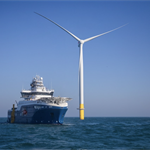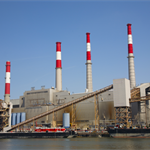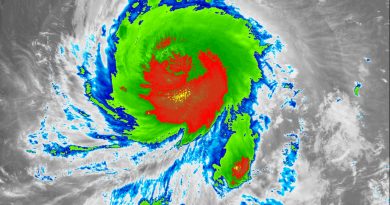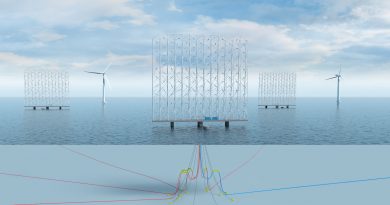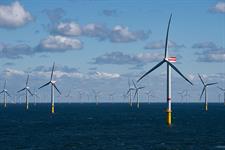OX2 eyes oxygen boost for sea with 1.9GW offshore wind-to-green hydrogen project
Energy Disrupter
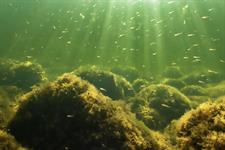
The Swedish developer will investigate whether the oxygen – a byproduct of hydrogen production – can be used to oxygenate the bottom waters of the Baltic Sea in the project area, providing a health boost to fish and aquatic life.
It estimates that its 1900MW Neptunus Neptunus (1900MW) Offshoreoff Blekinge, Sweden, Europe Click to see full details offshore wind farm 50km off the coast of Blekinge could produce 8TWh of electricity annually, corresponding to about 5% of Sweden’s annual electricity consumption. It has not decided on the capacity of electrolysis, but expects this to produce up to 225,000 tonnes of hydrogen annually.
OX2 has carried out surveys in the area over the last two years, and consulted with authorities and the public over the winter.
It will now compile an environmental impact assessment and submit this in 2023 or 2024.
OX2 plans to build Neptunus in a single stage and believes it can be operational in the early 2030s.
An OX2 spokesperson told Windpower Monthly: “The Baltic Sea is naturally low on oxygen but due to overfertilisation and fishing the oxygen levels are too low for fish and other sea life to survive. The seafloor is completely dead in some areas.
“Using the oxygen from the hydrogen production could help rejuvenate the seafloor and help fish and other sea life.”
The developer is also working on a separate 9GW portfolio of offshore wind farms in Swedish waters with Ikea-owner Ingka Investments.
In Finland, OX2 is working with commercial algae and seaweed farmers Under Ytan and Nemo Seafarms to see how offshore wind can increase biological diversity. It plans to use conclusions from this research project when establishing 10GW of offshore wind farms off the coast of the island of Åland.

